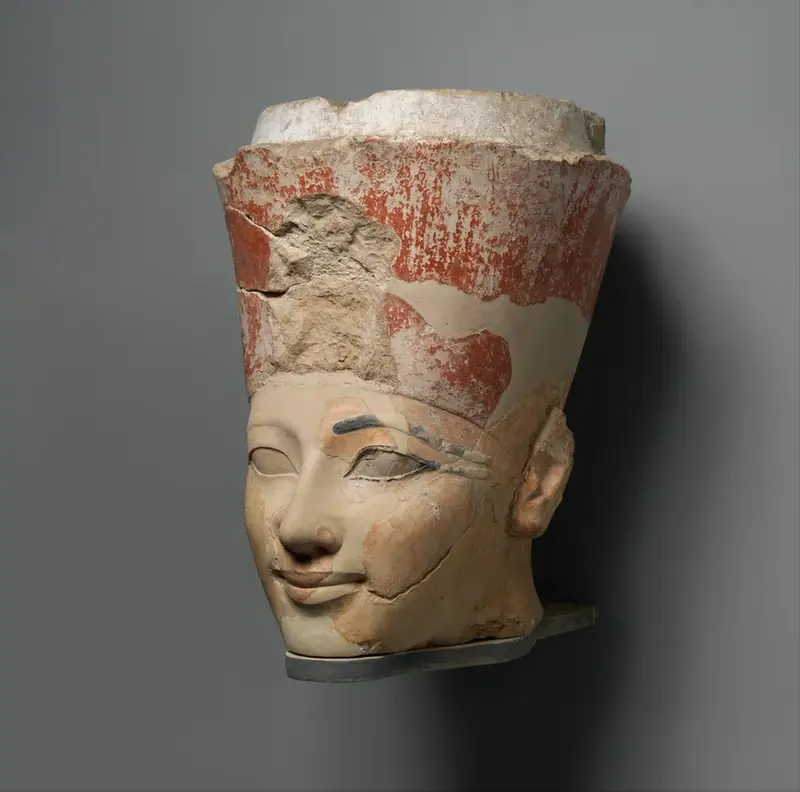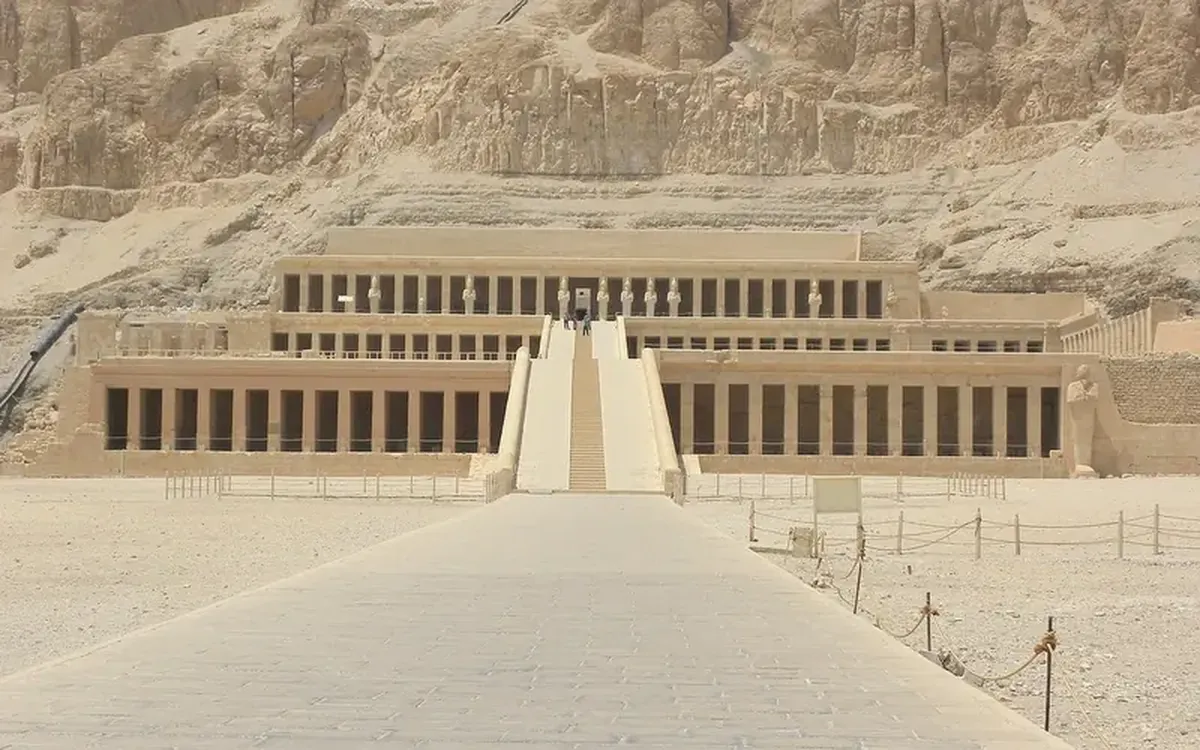
For the past century, Egyptologists have believed that after the death of the powerful female pharaoh Hatshepsut, her nephew and successor sought revenge by smashing her statues, aiming to erase her from the memory of the Egyptians.
However, according to new research from the University of Toronto (Canada), this narrative may not be entirely accurate. While many of Hatshepsut’s statues were indeed deliberately destroyed, the motive wasn’t necessarily to obliterate her existence. Instead, it’s likely that these statues were broken to, so to speak, “deactivate” them—removing their supernatural powers.
What Did the Researchers Find?
Hatshepsut, who ruled Egypt from approximately 1473 to 1458 B.C., is remembered as a female pharaoh during a time of prosperity for the nation. She is particularly noted for her monumental building projects, including magnificent temples. Hatshepsut was the wife and half-sister of Pharaoh Thutmose II (who reigned from 1492 to 1479 B.C.). She was supposed to act as regent for her stepson Thutmose III, but instead, she declared herself pharaoh, with Thutmose III serving as her co-regent with limited authority.

Temple of Hatshepsut
After Hatshepsut’s death, many of her statues were intentionally shattered. In the 1920s and 1930s, archaeologists discovered fragments of her statues buried at the site of her famous mortuary temple in Deir el-Bahari. For many years, scholars believed these statues were destroyed on the orders of a vengeful Thutmose III. However, according to the authors of the new study, they were actually “ritually deactivated.”
June Yi Wong, a doctoral student in Egyptology and the lead author of the study, examined archival records of the statues found in Deir el-Bahari nearly a century ago. The researcher noted that the faces of these statues were not smashed, and the inscriptions on them remained intact. Instead, the artifacts were broken at their necks, waists, and feet. Interestingly, this pattern was also commonly observed with statues of other Egyptian pharaohs.
Ancient Egyptians regarded statues as “powerful and perhaps even living beings,” Wong explained. He told Live Science that when a pharaoh died, it was customary for people to deactivate their statues by breaking them at weak points, specifically at the neck, waist, and feet.
One of the most famous discoveries in the history of Egyptian archaeology is the Karnak Cache, where hundreds of statues of pharaohs from various centuries were found in one location. The vast majority of these statues had been deactivated, Wong noted.
However, this does not imply that Hatshepsut did not face political persecution after her death, according to the scholar. The Egyptologist stated that “her images and name were systematically destroyed on many monuments throughout Egypt.” This campaign of persecution was likely initiated by Thutmose III.
Yet, while the statues of Hatshepsut in Deir el-Bahari were deactivated in the customary manner, in other locations, they suffered more brutal attacks. “Previously, Egyptologists assumed that Thutmose III must have harbored a deep hatred for Hatshepsut. However, the treatment of the statues may suggest that Thutmose III was motivated by ritual and practical considerations rather than personal animosity,” Wong believes.
In his view, Thutmose III may have also been driven by political motives, such as the realization that Hatshepsut’s reign had harmed his legacy as a pharaoh.
The findings of the study were published in the journal Antiquity.
